Description
One of the most important herbs for supporting the immune system and one of the most beautiful flowers in the garden. Of the nine echinacea species, E. angustifolia – also known as narrow-leaved echinacea – is considered to be the most potent.
The name ‘echinacea’ is derived from the Greek word ‘echino’ which means ‘sea urchin’ or ‘hedgehog’. This was chosen because it aptly described the spiny central disc of the echinacea flowers. Traditionally, echinacea was used in Native American medical traditions to treat snake bites and blood poisoning. The species binomial ‘angustifolia’ is because the leaves are very narrow.
Its therapeutic efficacy has led to it being over-harvested in the wild and is on an endangered list in some states of the USA. It is also relatively tricky to grow – it prefers a well-drained and slightly alkaline soil (pH6.5-7.5), and its tap-root is prone to rotting if it sits for too long in waterlogged soil. A relatively close spacing of around 15cm is advised, and the more friable the soil, the deeper she will go.

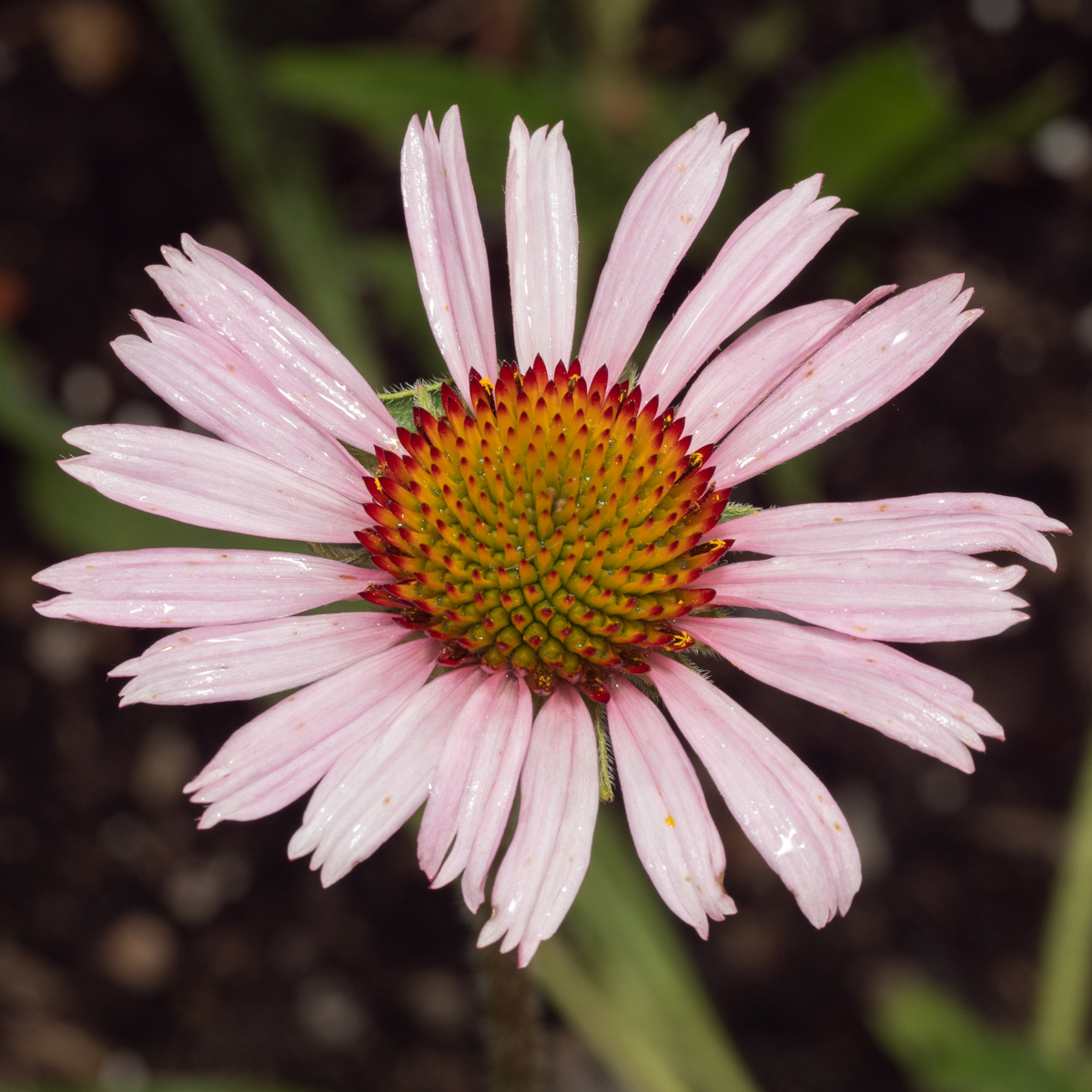
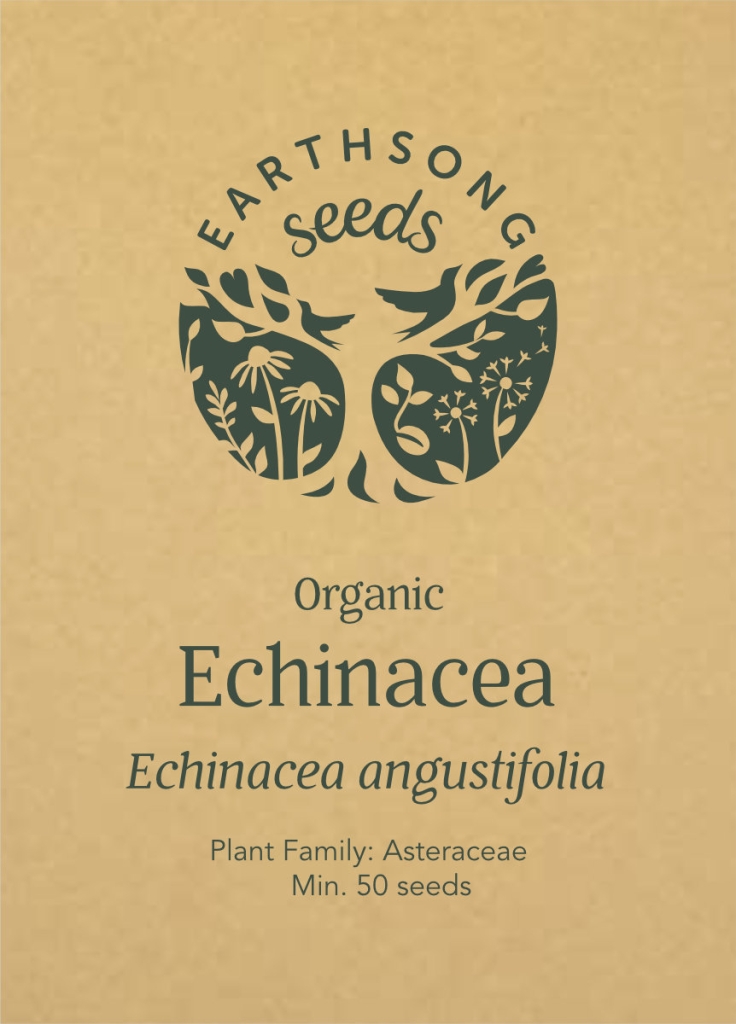
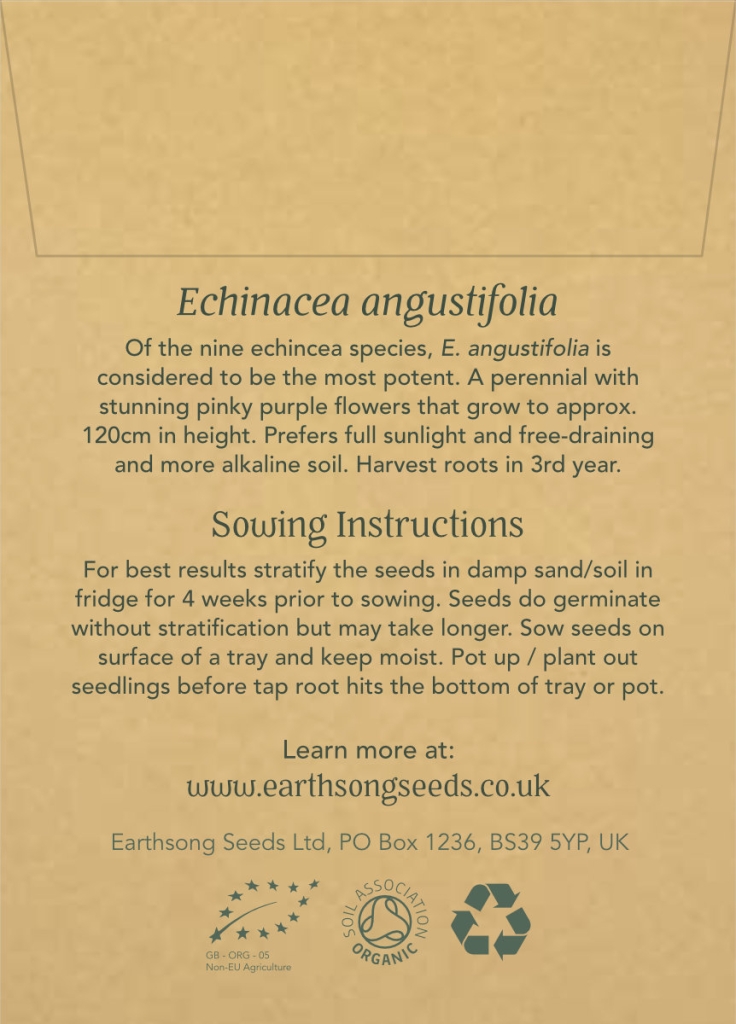
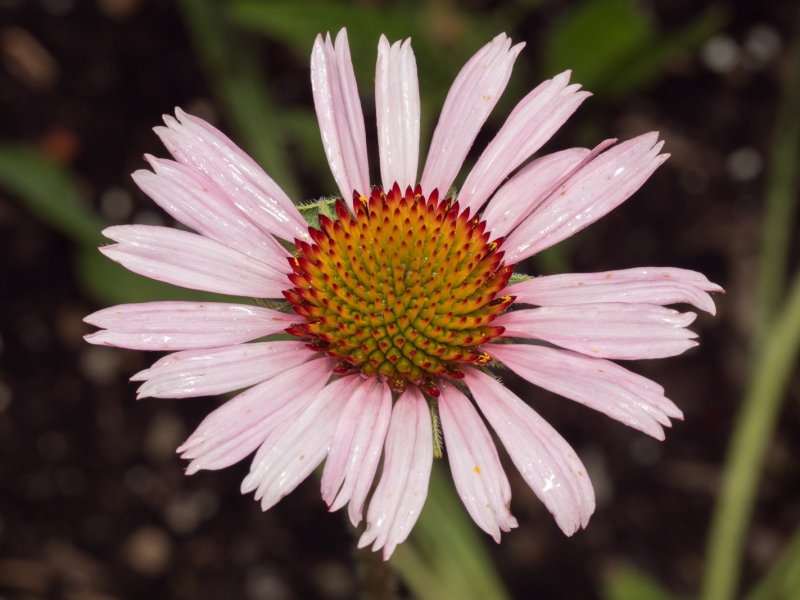
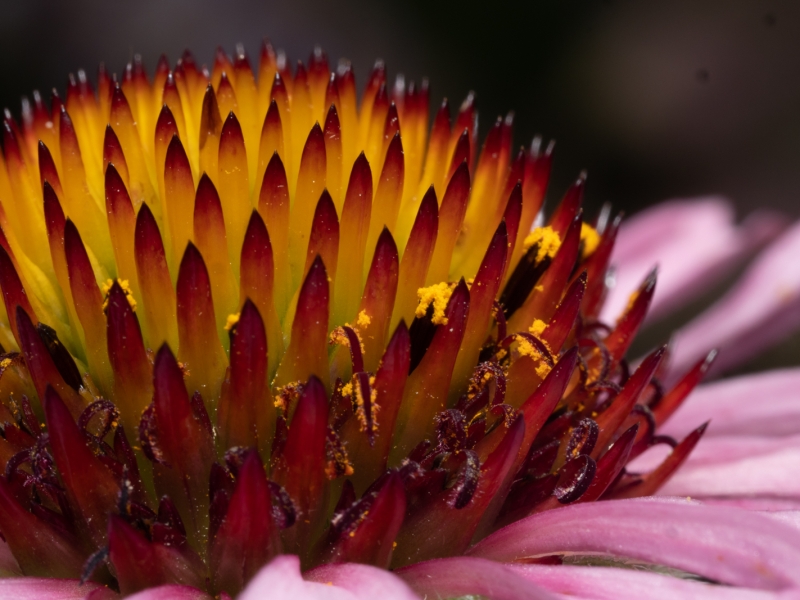
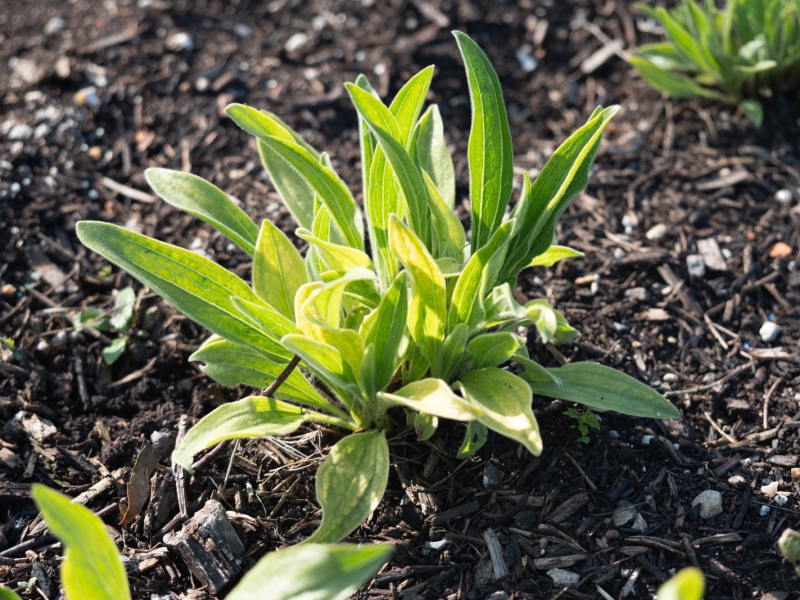
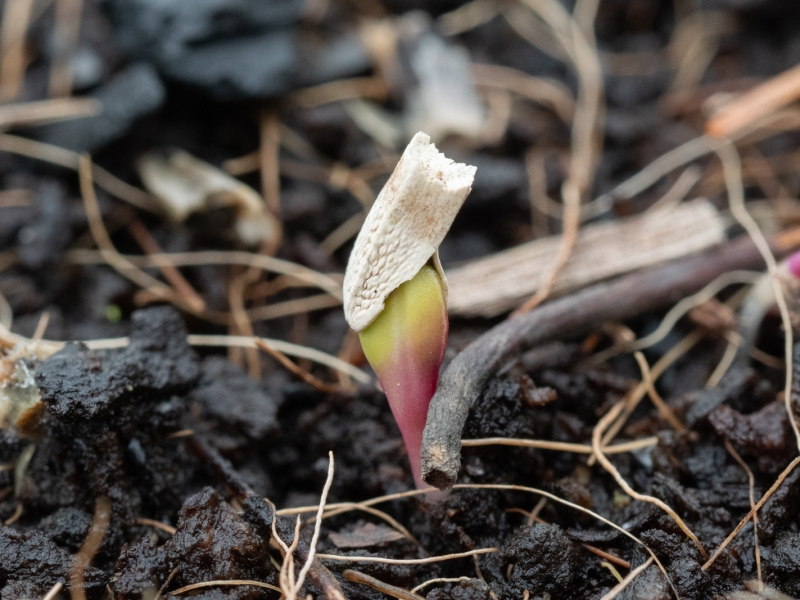
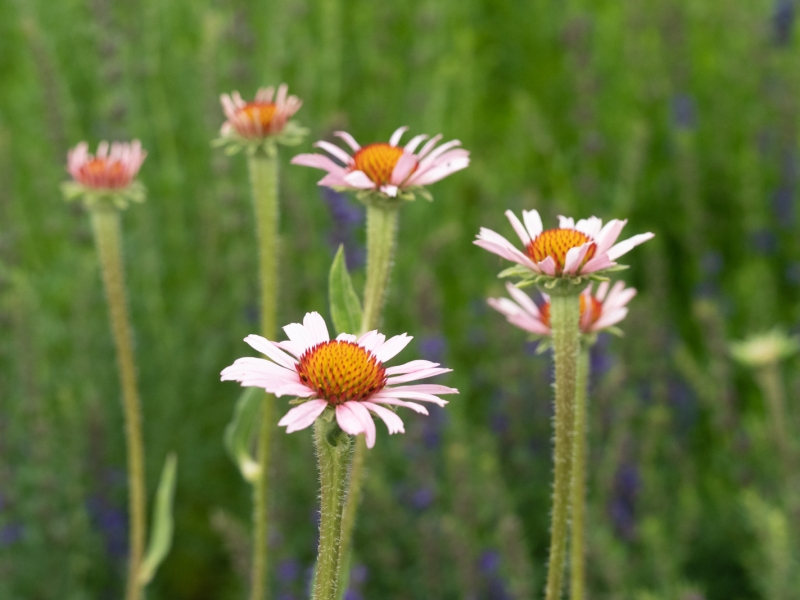
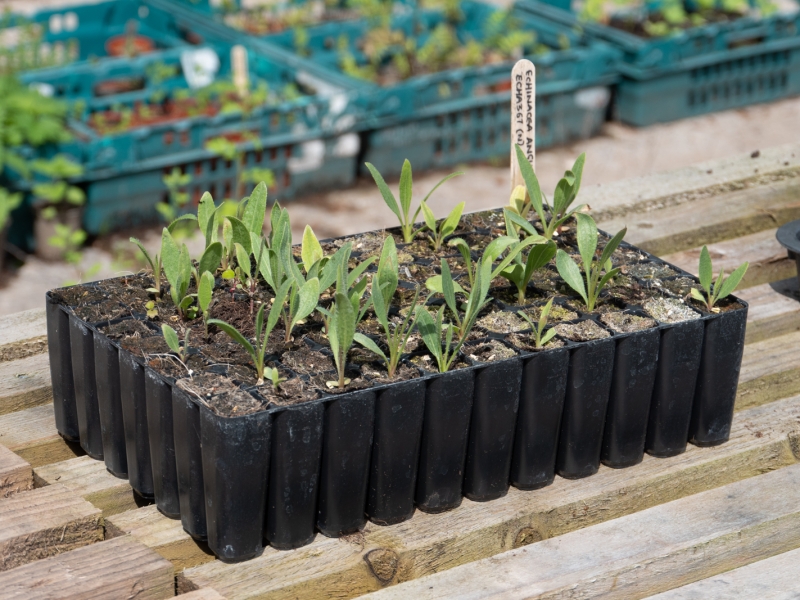
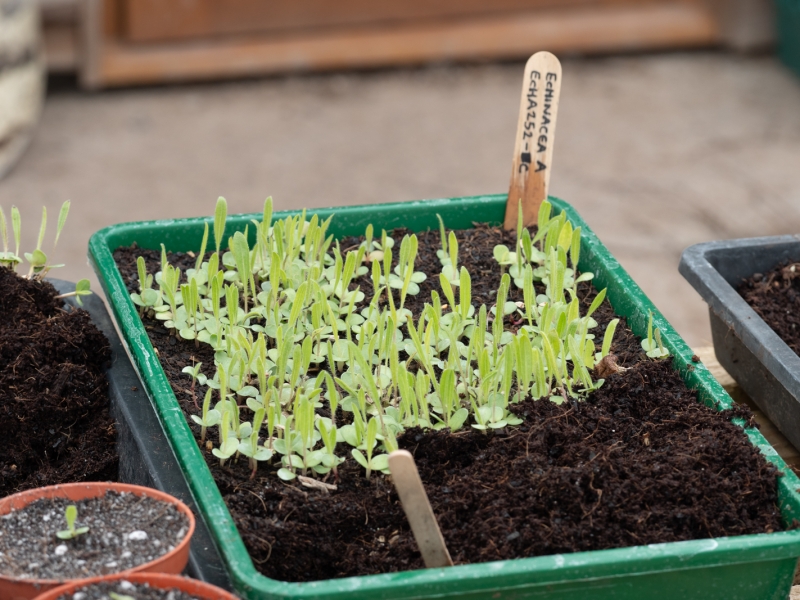





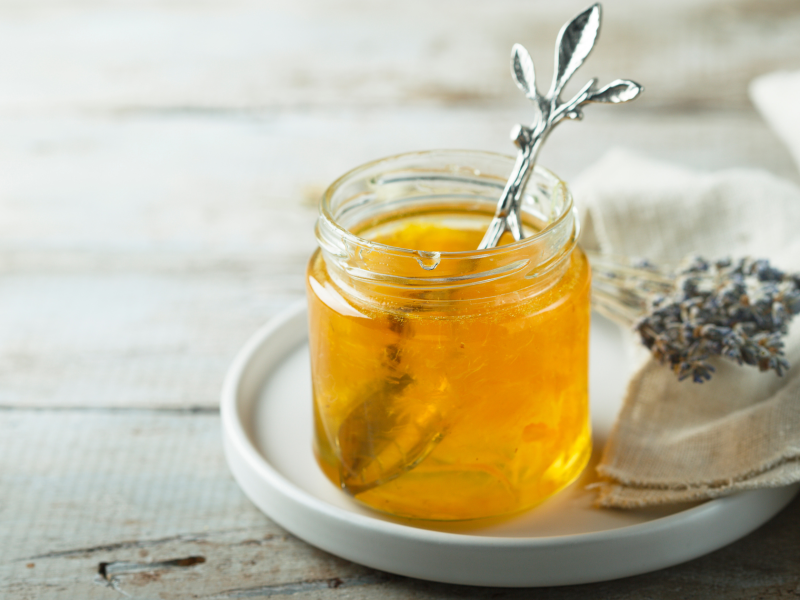



Reviews
There are no reviews yet.